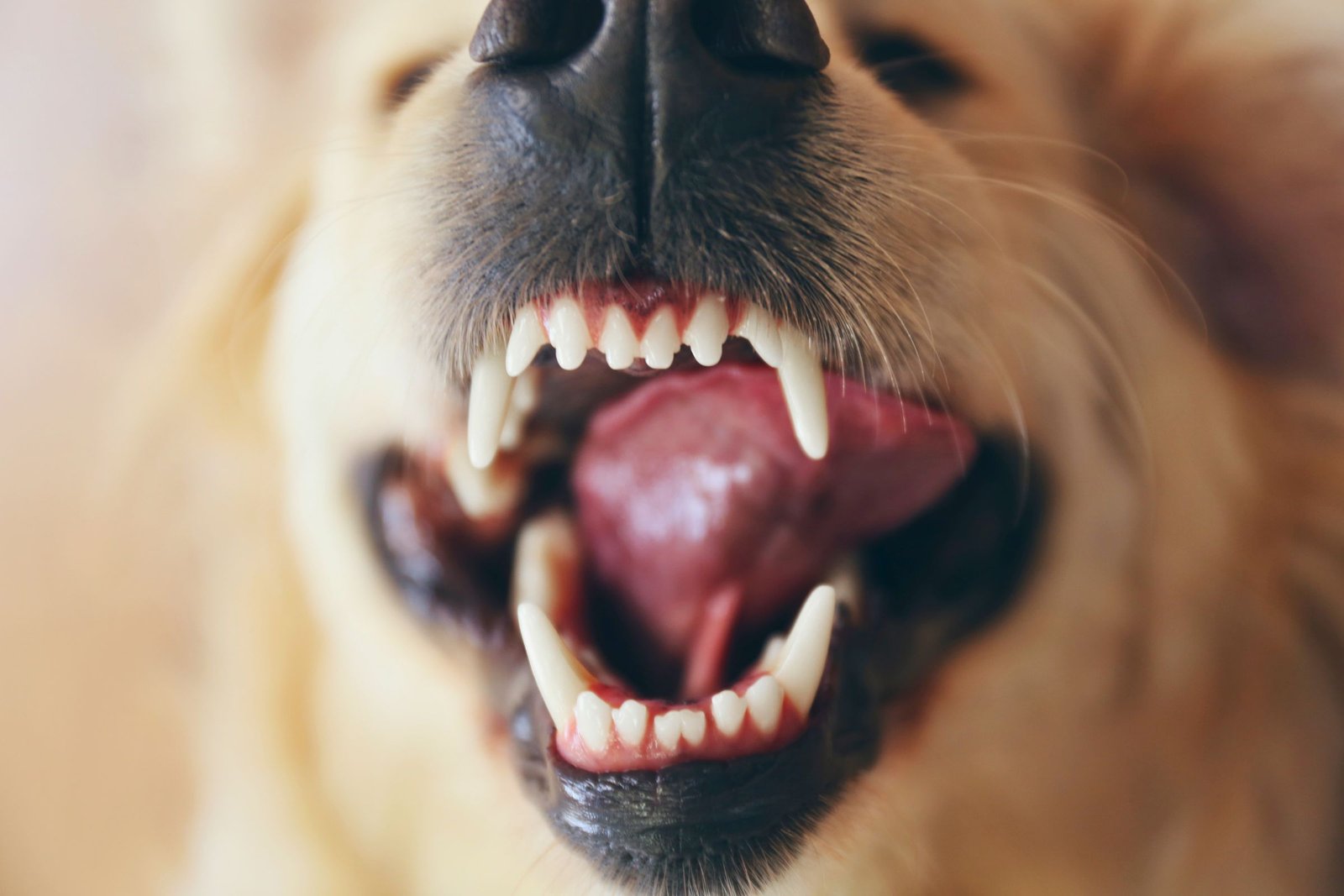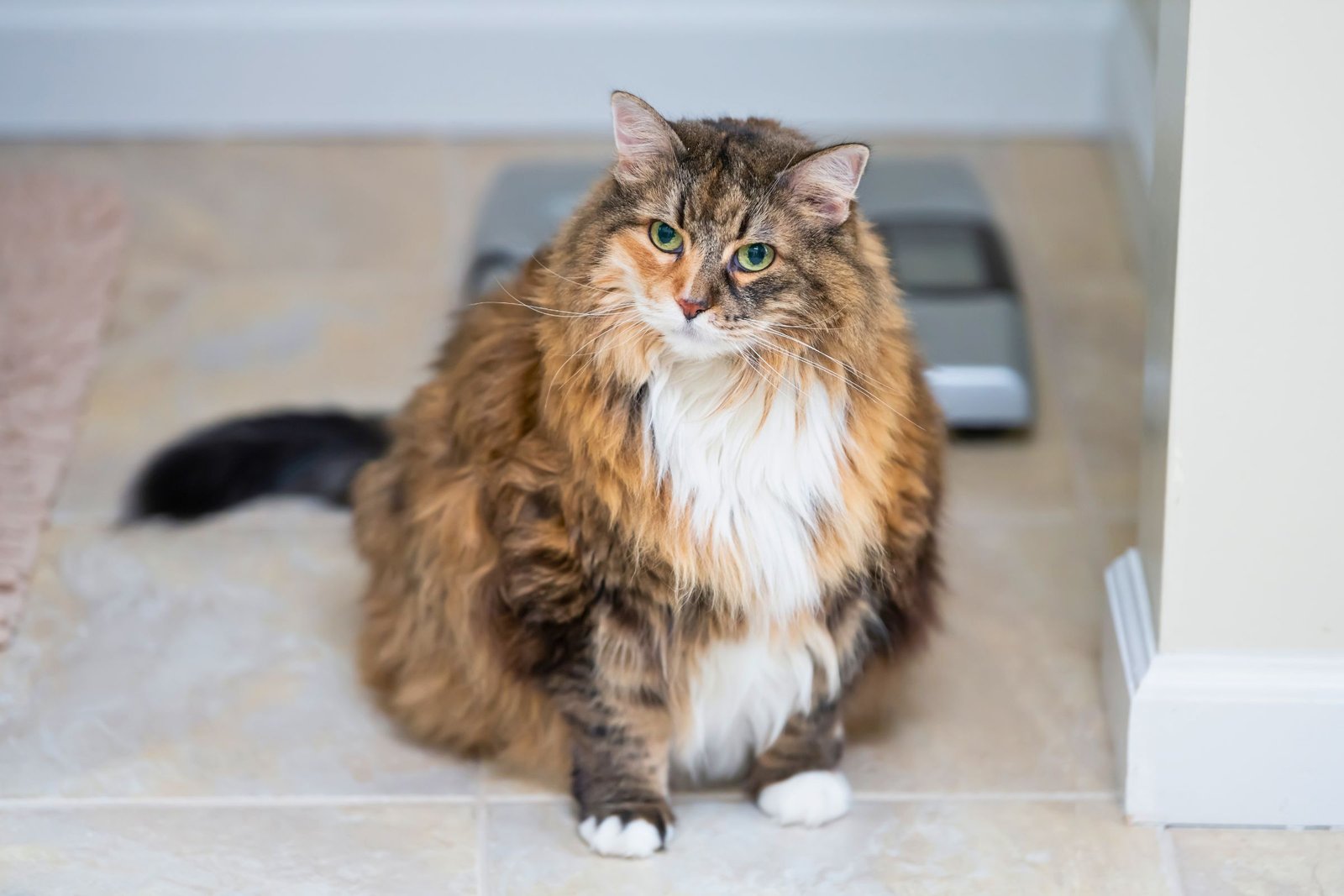In the realm of pet folklore, the notion that a dog’s mouth is cleaner than a human’s has persisted for years. Despite the peculiar tastes and the occasional foraging adventures in the backyard, proponents argue that our furry companions boast superior oral hygiene compared to even the most meticulous of tooth-brushing humans. But can this claim withstand scientific scrutiny? Let’s delve into the intriguing debate surrounding the cleanliness of our canine companions’ mouths.
The Canine Oral Hygiene Enigma: Decoding the Debate

In the ongoing discourse about the cleanliness of a dog’s mouth, advocates passionately champion the idea that the natural enzymes found in a dog’s saliva are akin to a biological cleaning agent. These enthusiasts argue that these enzymes, such as lysozyme, have powerful antibacterial properties that can fend off harmful microbes and potentially contribute to superior oral hygiene.
The intriguing concept doesn’t stop there – some fervent supporters even propose the existence of magical healing properties within a dog’s saliva. Stories circulate about wounds miraculously healing after a gentle lick from a faithful canine companion. While these anecdotes add a touch of mystique to the discussion, it’s crucial to separate anecdotal evidence from scientific reality.
On the opposing side of the debate, skeptics cast a discerning eye on such extravagant claims. They point to the undeniable truth that dogs engage in behaviors that may compromise the perceived cleanliness of their mouths. Licking themselves, exploring the great outdoors with fervor, and occasionally indulging in less-than-appetizing items found in the environment are all part of a dog’s natural instincts.
The skeptical perspective challenges the romanticized notion of a dog’s mouth as a pristine haven. Critics argue that, despite the presence of certain antibacterial properties, a dog’s oral environment is not exempt from potential contamination. The diverse array of bacteria introduced through various habits may counteract the supposed benefits of saliva enzymes, leaving room for microbial imbalances that could lead to oral health issues.
To truly understand the canine oral hygiene enigma, it’s essential to acknowledge the complexity of the biological landscape within a dog’s mouth. Scientific research has shown that, while certain enzymes may offer a level of protection, it’s not a one-size-fits-all scenario. The types of bacteria present, the dog’s overall health, and external factors all play pivotal roles in shaping the oral microbiome.
As the debate rages on, one thing remains clear – the need for a balanced perspective. Recognizing both the potential benefits of a dog’s saliva and the realities of their habits is crucial for responsible pet ownership. The next sections will delve deeper into the scientific findings that shed light on the true nature of a dog’s oral hygiene and how pet owners can navigate the intricacies of maintaining their furry friend’s dental well-being.
Myth 1: Canine Saliva - Separating Fact from Fiction

The claim that a dog’s saliva acts as a miracle antiseptic has captured the imaginations of dog lovers and pet enthusiasts alike. Proponents argue that enzymes within a dog’s saliva, particularly lysozyme, possess remarkable antibacterial properties. While there is merit to this assertion, it’s essential to dispel the myth that a dog’s mouth can be equated to a sterile environment.
The Enzymatic Advantage
Lysozyme, a key enzyme found in a dog’s saliva, has been demonstrated to break down the cell walls of certain bacteria. This enzymatic activity provides dogs with a natural defense mechanism against potential pathogens, offering some level of protection against oral microbes.
Diversity in the Canine Microbiome
However, the crucial point to note is that while lysozyme is effective against specific bacteria, it doesn’t render a dog’s mouth completely sterile. The canine oral microbiome is diverse, comprising a spectrum of bacteria unique to dogs. Comparing it to the human oral microbiome reveals distinct differences in the types and proportions of bacteria present.
The Microbial Mosaic
Scientific studies have revealed that dogs harbor a multitude of bacteria in their mouths, some of which are shared with humans, but many are species-specific. The composition of this microbial mosaic is influenced by various factors, including diet, genetics, and oral hygiene practices. These factors collectively contribute to shaping the oral environment and influencing the overall health of a dog’s teeth and gums.
Understanding Oral Health Dynamics
While lysozyme and other enzymes in a dog’s saliva contribute to a level of antibacterial protection, it’s crucial to avoid oversimplification. Dogs, like humans, can still develop oral health issues such as plaque, tartar, and gingivitis. Maintaining a balanced perspective on the multifaceted nature of oral health dynamics in dogs is imperative for responsible pet care.
Myth 2: The Diet Dilemma - Unpacking Claims of Canine Cleanliness

A prevalent assertion in the debate over the cleanliness of a dog’s mouth is the idea that their natural, raw diet contributes to superior oral hygiene. Advocates of this perspective argue that the ancestral, unprocessed diet of dogs is a key factor in maintaining a cleaner and healthier oral environment. However, a closer examination reveals complexities that challenge the oversimplified narrative.
The Raw Diet Rationale
Proponents of the myth point to the notion that a raw diet promotes chewing, which, in turn, helps naturally clean a dog’s teeth. The act of gnawing on raw bones or tougher meat is believed to provide dental benefits by reducing plaque and tartar buildup. While this concept isn’t entirely unfounded, it fails to account for the broader dietary habits of dogs.
Reality Check: Dogs as Opportunistic Eaters
Contrary to the image of a discerning carnivore meticulously chewing on raw bones, the reality is that dogs are opportunistic eaters. Their tendency to scavenge, lick surfaces, and ingest items found in their environment introduces a myriad of potential contaminants into their mouths. From exploring the backyard to indulging in feces-eating behaviors, dogs exhibit a range of habits that can compromise the perceived benefits of a raw diet.
Microbial Mismatch
Even if a raw diet does contribute to some degree of dental cleaning, it doesn’t negate the fact that dogs can come into contact with harmful bacteria from various sources. The diverse range of bacteria present in the environment, coupled with dogs’ less-than-discriminating eating habits, creates a microbial mismatch that challenges the notion of a consistently cleaner mouth.
Balancing Act
The key takeaway from dispelling this myth is not to dismiss the potential benefits of a raw diet for dental health but to recognize the importance of a balanced approach. While chewing on raw bones or tougher foods may offer some dental advantages, it’s crucial to complement this with regular veterinary check-ups, professional dental cleanings, and a mindful awareness of a dog’s overall dietary habits.
What Science Says: Navigating the Canine Oral Landscape

As we seek to unravel the mysteries surrounding the cleanliness of a dog’s mouth, it’s imperative to turn our attention to the valuable insights gleaned from scientific studies. The pursuit of knowledge in this realm has yielded a nuanced understanding of the oral hygiene dynamics in our canine companions.
Fewer Cavities, But Not Immune
One common observation from scientific research is that dogs tend to have fewer cavities than humans. This divergence in dental patterns has fueled the myth that a dog’s mouth is intrinsically cleaner. However, the story doesn’t end there. While cavities may be less prevalent, dogs are by no means immune to periodontal disease, a prevalent and potentially serious dental ailment.
The Periodontal Predicament
Periodontal disease, characterized by inflammation of the gums and potential damage to the supporting structures of the teeth, can affect dogs of all breeds and ages. The root cause often lies in the accumulation of plaque, a biofilm of bacteria that forms on the teeth. If left untreated, this plaque can mineralize into tartar, leading to gingivitis and, eventually, periodontitis.
The Call for Canine Dental Care
Scientific evidence underscores the importance of proactive dental care for dogs. Regular veterinary check-ups, including thorough oral examinations, are essential for early detection of dental issues. Moreover, professional dental cleanings performed by veterinarians are crucial to remove stubborn tartar and address underlying oral health concerns.
At-Home Maintenance Matters
While professional care is paramount, at-home maintenance plays a pivotal role in sustaining a dog’s oral health. Pet owners are encouraged to adopt practices such as regular tooth brushing, providing dental chews or toys, and incorporating dental-friendly diets. These measures help mitigate plaque buildup and contribute to the overall well-being of a dog’s teeth and gums.
A Holistic Approach to Canine Oral Well-bein
In essence, the scientific consensus challenges the simplistic notion that a dog’s mouth is inherently cleaner than a human’s. Instead, it emphasizes the need for a holistic approach to canine oral well-being. Regular, comprehensive care, encompassing both professional interventions and at-home practices, is essential for maintaining a dog’s oral health and preventing the onset of dental ailments.
The Verdict: A Balanced Approach to Canine Oral Health

In conclusion, the claim that a dog’s mouth is inherently cleaner than a human’s is a complex and multifaceted topic. While certain properties in canine saliva may offer some level of antibacterial defense, it’s essential to acknowledge the role of other factors, such as diet and habits, in determining overall oral health.
For dog owners, the key takeaway is not to blindly accept myths but to prioritize their furry friend’s oral hygiene. Regular veterinary check-ups, professional cleanings, and a balanced diet are crucial components of ensuring a dog’s mouth remains healthy. So, next time someone insists that Fido’s kisses are cleaner than a human’s, it might be worth considering the full picture of canine oral hygiene.







